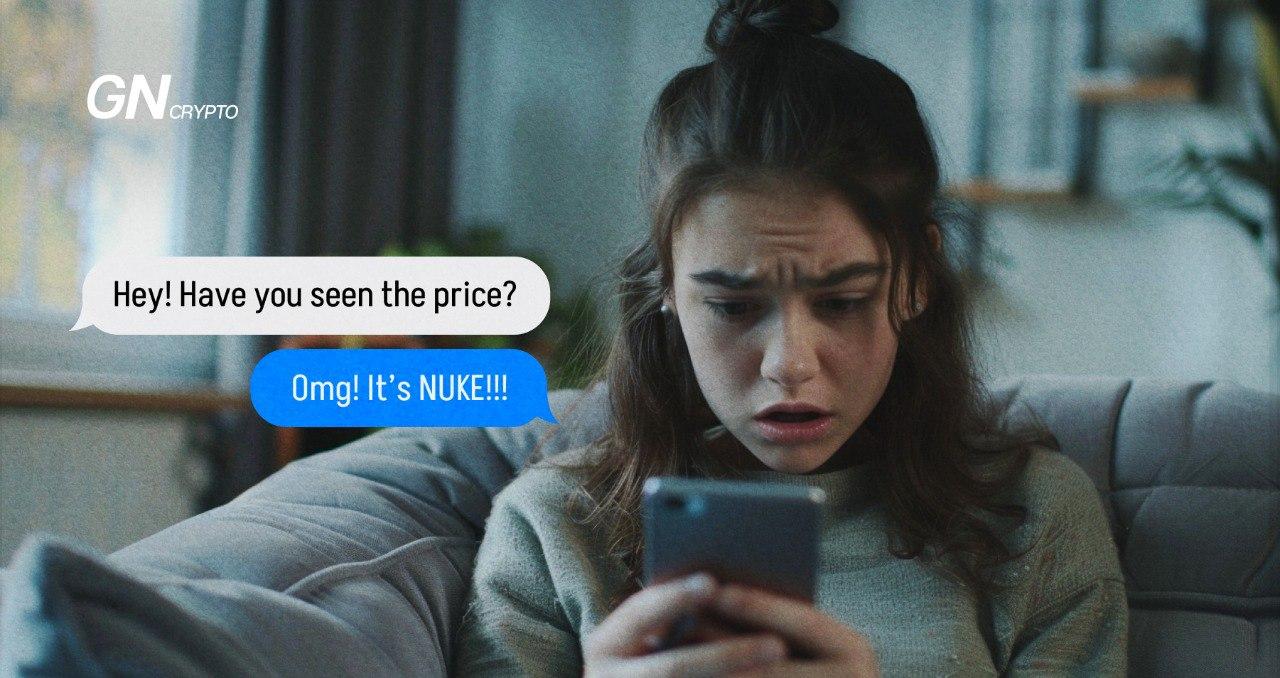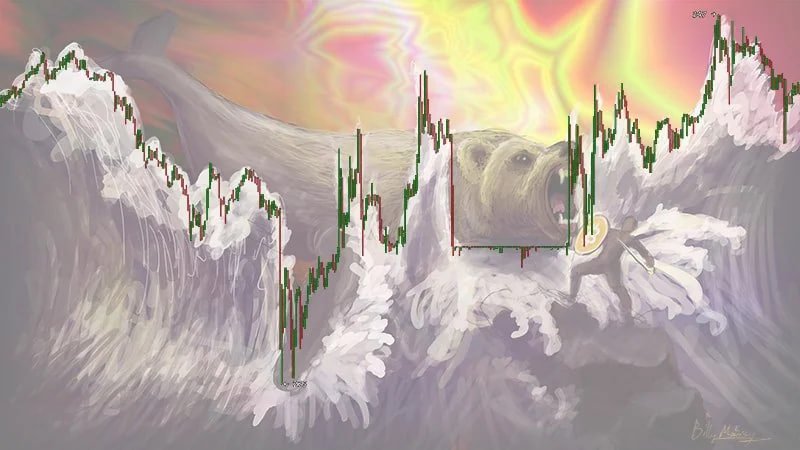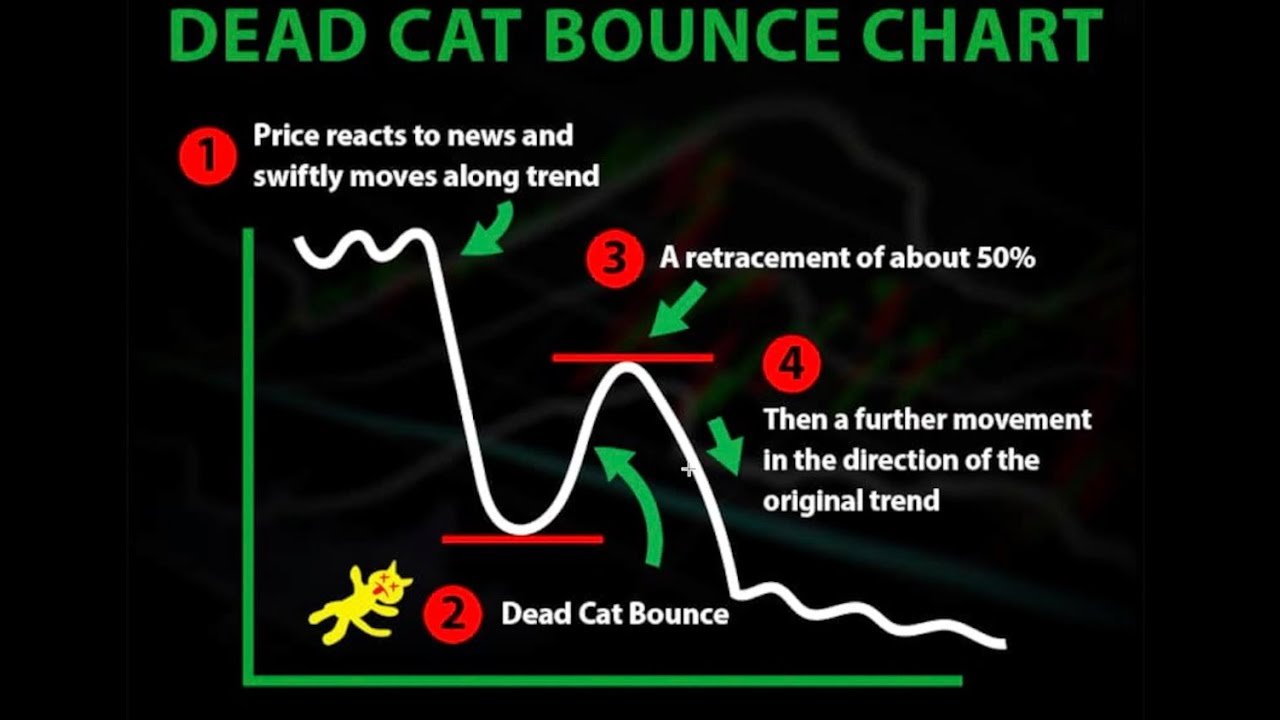Popular Crypto Slang Terms. Part 7

We continue exploring the crypto slang found on trading forums, Telegram channels, and social media platforms.
For those who missed the earlier parts of our series, we recommend reading the articles on our website:
Sometimes, even state regulators can act as bearwhales. For instance, the recent sale of a large quantity of confiscated BTC by Germany, followed by a market downturn, are typical outcomes of bearwhale actions. However, in Germany's case, this "whale" quickly deflated because states are legally required to sell all confiscated assets to compensate the victims involved in related criminal cases. As a result, the German government liquidated all its bitcoins, thus removing itself from the bearwhale category.


DCB refers to a chart pattern that signifies a short-lived recovery in price after a substantial drop. This rebound is often triggered by retail investors who mistakenly believe they are seeing a nuke. However, the price typically resumes its decline, and investing during a dead cat bounce usually results in losses.


Bearwhale
This term refers to a holder, investor, or market maker so large that they can cause significant market price drops with their sales. The principle is simple: whales are so huge that the volume of their sell offers can’t be quickly absorbed by the existing buyers, resulting in a price drop.
Sometimes, even state regulators can act as bearwhales. For instance, the recent sale of a large quantity of confiscated BTC by Germany, followed by a market downturn, are typical outcomes of bearwhale actions. However, in Germany's case, this "whale" quickly deflated because states are legally required to sell all confiscated assets to compensate the victims involved in related criminal cases. As a result, the German government liquidated all its bitcoins, thus removing itself from the bearwhale category.
Bearwhale activity almost always heightens market volatility, instigating panic among smaller investors. The danger is that large holders can easily manipulate prices while cleverly concealing their intentions using sophisticated trading algorithms.

Bearwhales are rare but beneficial creatures in the crypto market. Source: Reddit
Yet, these giants also have positive aspects: during periods of low volatility, they significantly enhance market liquidity, quickly picked up by smaller players like sharks, crabs, and shrimps. This dynamic propels trading out of a lethargic sideways movement.
Nuke
In the crypto community, a 'nuke' refers to a sudden and very severe price correction. The term derives from "nuclear," implying a substantial destructive impact. How significant? Since cryptocurrencies are inherently highly volatile, a price drop of 12-15% is required for it to be considered a genuine nuke. This percentage is much lower for traditional stock markets.

A popular crypto influencer queries their followers whether they’re prepared for the latest nuke. Source: Х
Nukes are viewed as the last drop before the start of a bullish recovery and are seen as an optimal point for entering a long position. Therefore, like surviving a nuclear blast, the challenge is to endure and continue progressing upward.
Dead Cat Bounce (DCB)
The term comes from the adage that even a dead cat will bounce if dropped from a great height.
DCB refers to a chart pattern that signifies a short-lived recovery in price after a substantial drop. This rebound is often triggered by retail investors who mistakenly believe they are seeing a nuke. However, the price typically resumes its decline, and investing during a dead cat bounce usually results in losses.

DCB Chart. Source: changelly
To avoid the trap of a dead cat bounce, it's best to wait until a reversal has definitively formed. Trend trading can minimize these risks. However, to effectively trade on bounces, you will eventually need to learn to distinguish a true reversal from a dead cat bounce.
(3,3)
These unusual numbers might be encountered in discussions related to staking and have become a meme. They originate from the Olympus DAO project and their interpretation involves game theory.
The (3,3) notation represents a scenario where all participants in a group choose the best cooperative strategy available.

(3,3) Table. Source: X
The numbers indicate potential actions of the participants: staking, selling, or holding. If everyone stakes, it creates a (3,3) scenario, benefiting each team member: it increases staking income and stimulates market price growth of the coin due to a reduction in available supply.
Conversely, if someone plays against the team (for instance, selling while everyone else is staking), it results in worse outcomes for them and for the rest.
Nowadays, the (3,3) symbol is used more broadly to denote any market situation where participants choose an optimal action that is mutually beneficial in the long run.
Recommended

